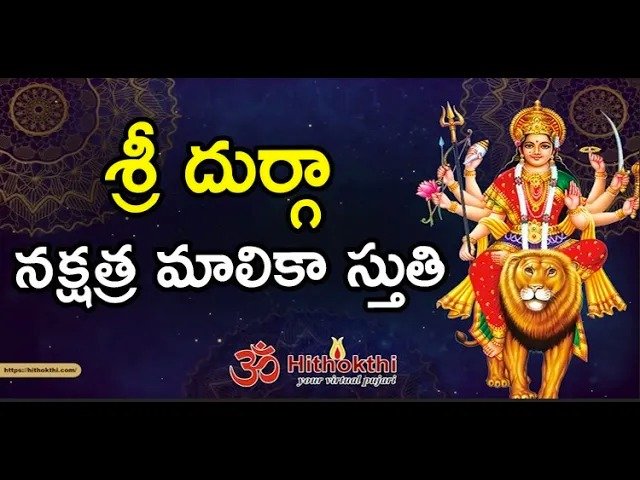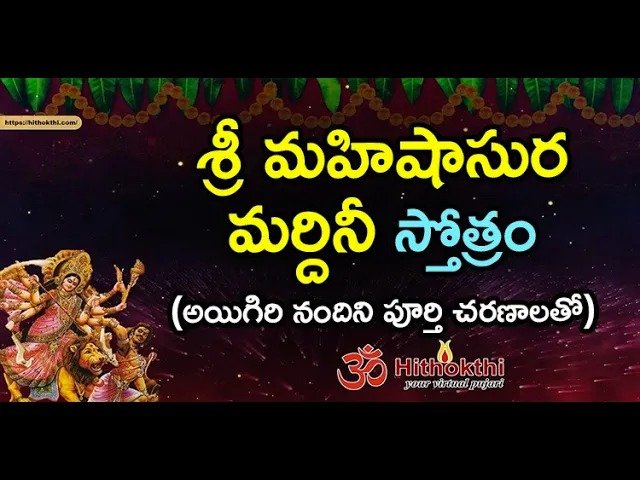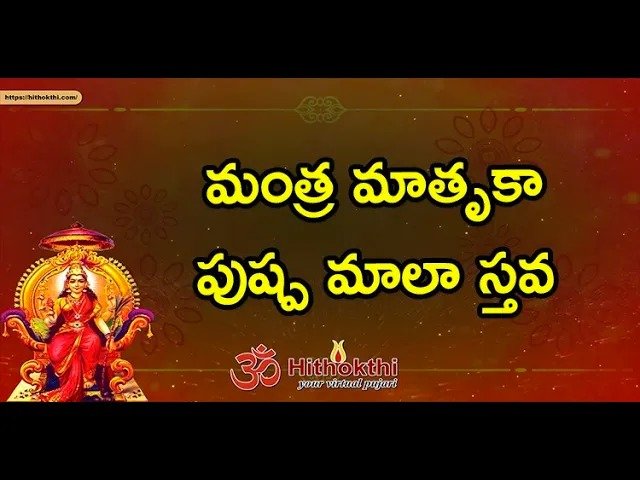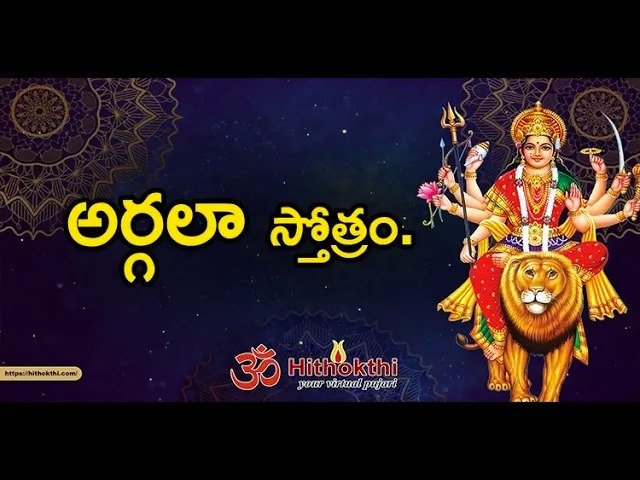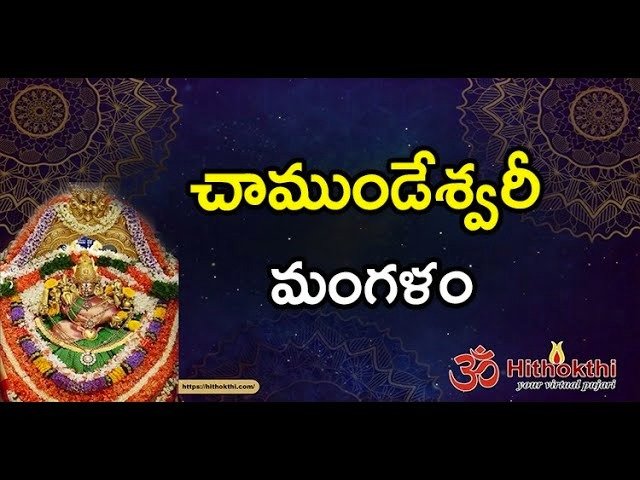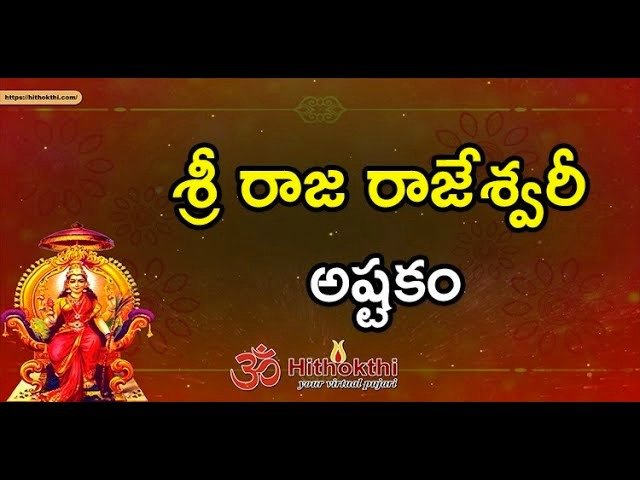Holy Dialogue (Pravachana Vakhyalu):
April 22, 2014: Dream is not merely a metaphysical problem; it is also a psychological occurrence. It is a reversion of the mind into its own abode, from the world of sensory operations. That is why it is called Antah-prajnah, and Praviviktabhuk. It is Antah-prajnah, or internally conscious, because the mind can project a world in dream, independent of the operation of the waking senses. The eyes may be closed, but yet you will 'see' in dream. You may plug your ears and go to bed, and yet you will 'hear' in dream. Though the tongue does not actually work, you can 'taste' in dream. You can have all the sensory functions in dream, though the waking senses are not active then. The mind projects itself as the senses of dream and becomes capable of contacting dream objects which, also, are a partial manifestation of the same mind. The mind divides itself into the subject and the object, the seer as well as the seen. You are the beholder of the dream, and you are also, simultaneously, the world which you behold. The world of dream, together with the beholder in dream, vanishes, when there is waking, in which the dream subject and the dream objects coalesce, come together to form a more integrated consciousness. A similar union takes place in Isvara-sakshatkara, or God-realisation. The world that you see outside, and you yourself as the beholder of this world, come together in a Universal Consciousness. It is called omniscience or all-knowingness in almost the same sense that the waking mind can be said to be aware of everything that is in dream. The world of dream was not outside you really, and so also is the world of waking not outside God. And, just as you withdraw the dream-world into the waking mind, the waking world may be said to be withdrawn into the Cosmic Mind of Isvara. And, individually, microcosmically, from the viewpoint of Jivatma, the dream experiences may be regarded as the consequences of the impressions of waking perception, that is, dream may be considered an effect of waking. But, it is a different matter altogether when you judge this condition from the point of view of the macrocosm. Even as you have the states of individual waking and dream animated by a consciousness called, respectively, Visva and Taijasa, there are, from the cosmic point of view, Virat and Hiranyagarbha, pertaining to the cosmic waking and cosmic dreaming states. While the dream world of Taijasa may be regarded, tentatively speaking, as an effect of the waking world of Visva, we cannot say that Hiranyagarbha is an effect of Virat. This is the difference between individualistic perception and Cosmic Knowledge. While Visva may be said to precede Taijasa, Virat does not precede Hiranyagarbha. On the other hand, the reverse is the case in the cosmic state. The dream consciousness which is Taijasa has certain characteristics of Visva, also. The subtle body has the same contour as the physical body. If the physical body is a form, the subtle body is the mould in which this form is cast. The subtle body has, thus, a reference to the physical body, and, almost in every respect, it corresponds in form, shape and structure to the physical body. This is why the words, Saptanga and Ekonavimsatimukha, are repeated, both in the waking and the dream descriptions.
---Excerpts from Sri Mandukya Upanishad

